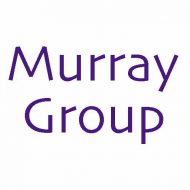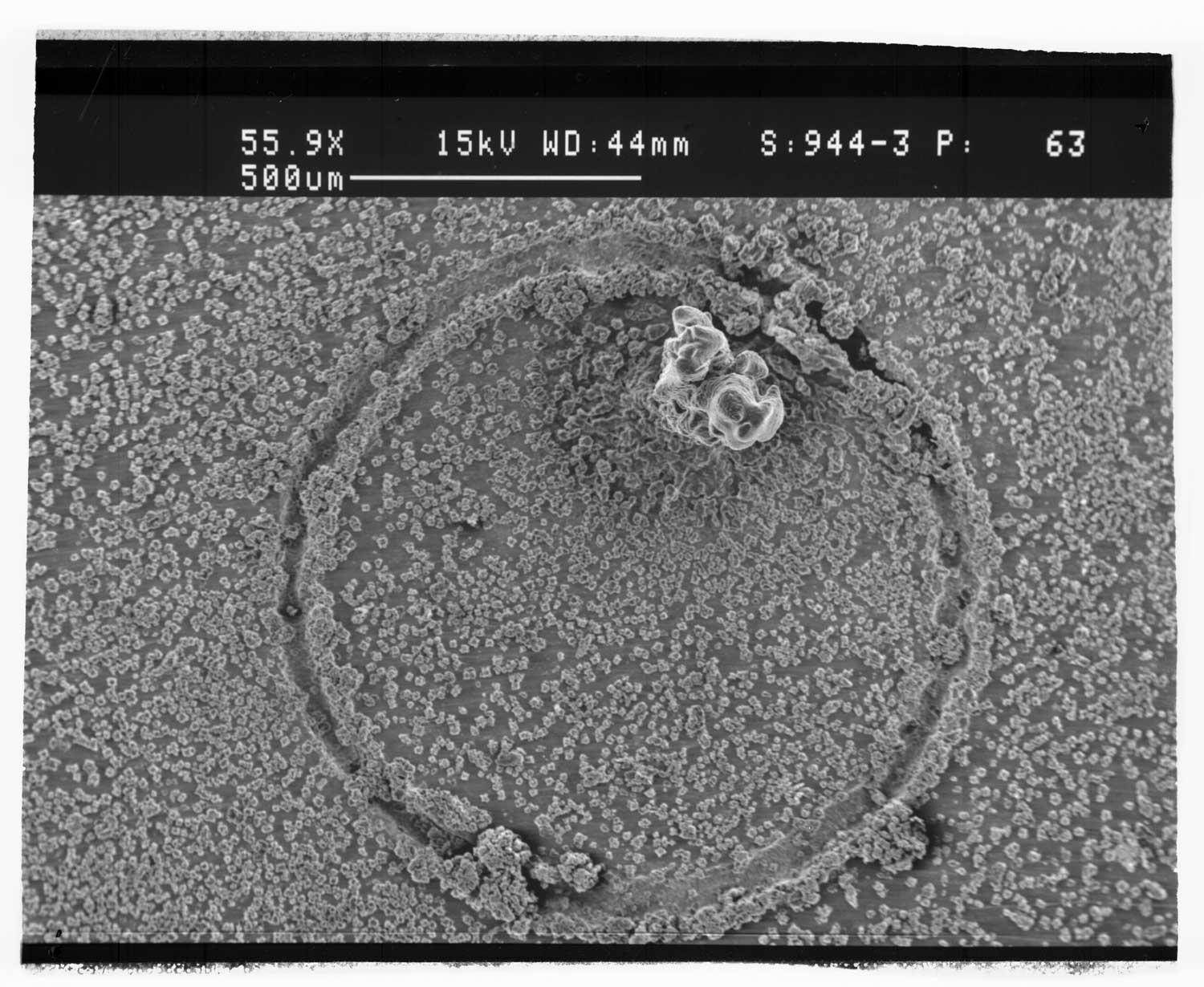J.-K. Kim, S.N. Jackson, K.K. Murray, Matrix-assisted laser desorption/ionization mass spectrometry of collected bioaerosol particles, Rapid Commun. Mass Spectrom.19 (2005) 1725–1729. doi:10.1002/rcm.1982.
Abstract

A method was developed for collection and analysis of bioaerosols by matrix-assisted laser desorption/ionization (MALDI) time-of-flight mass spectrometry using a modified Andersen N6 bioaerosol collector. The overall goal of the study was to develop methods for obtaining mass spectra with minimal reagents and treatment steps for potential use in remote collection and analysis systems. Test bioaerosol particles were generated from a nebulized E. coli bacterial suspension and collected on MALDI targets placed in an Andersen N6 single-stage aerosol impactor. The bioaerosols were mixed with matrix either by deposition on a bare target with the matrix solution added later, or by deposition on a target pre-coated with matrix. The matrix compounds ?-cyano-4-hydroxycinnamic acid (CHCA) and sinapic acid (SA) were tested and the SA matrix was found to give the best results in number of peaks, resolution, and signal-to-noise ratio. Deposition of bioaerosol particles onto the matrix pre-coated target did not produce signal in the m/z region above 1000, but the signal could be recovered with the addition of a 1:1 (v/v) acetonitrile/water solvent. Addition of solvent by pipette to the pre-coated targets after particle deposition recovered signal comparable to the dried-droplet sample preparations, whereas solvent sprayed into the impactor recovered fewer peaks. Deposition on pre-coated targets with post-collection solvent addition was superior to deposition on bare target followed by post-collection addition of matrix solution.

